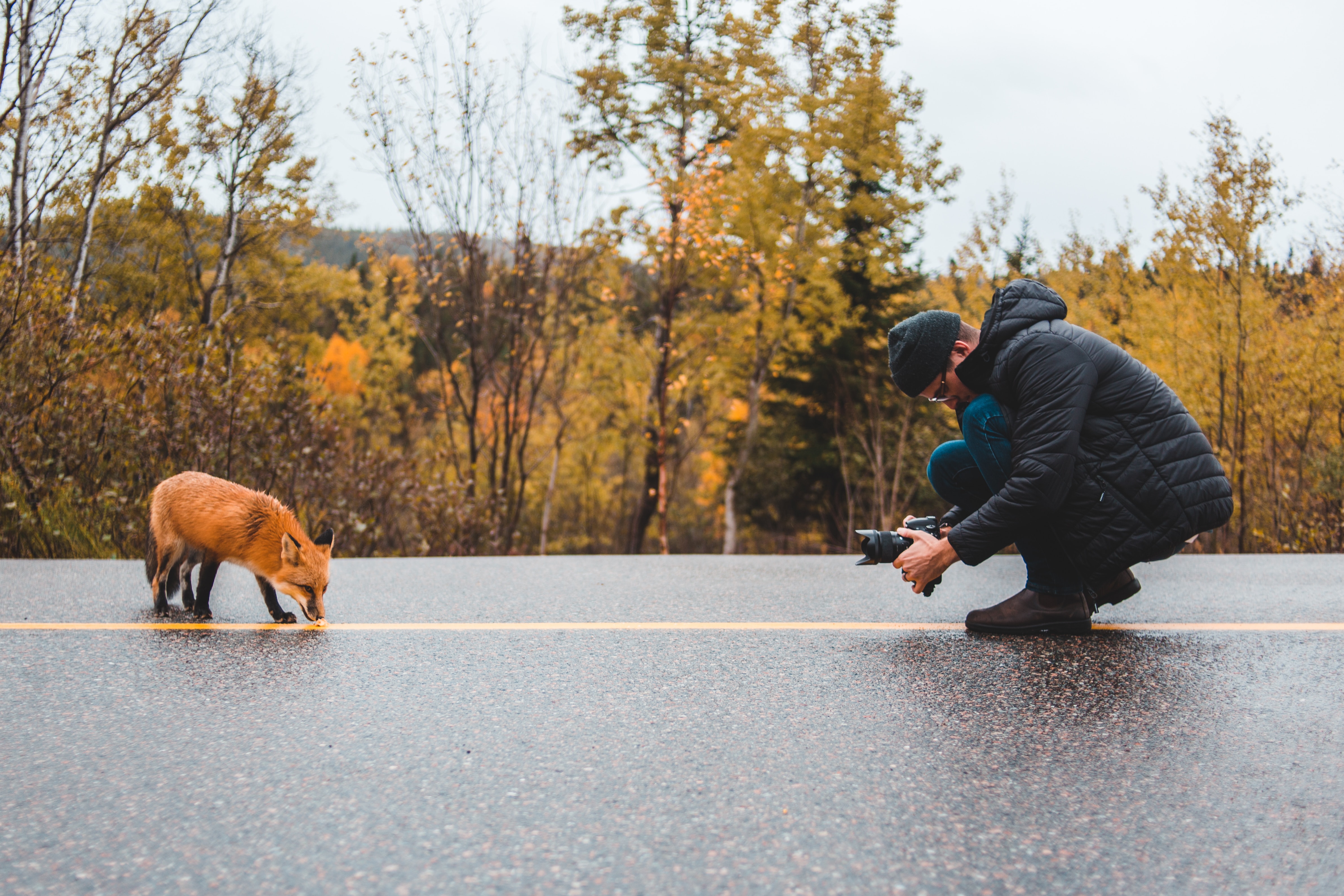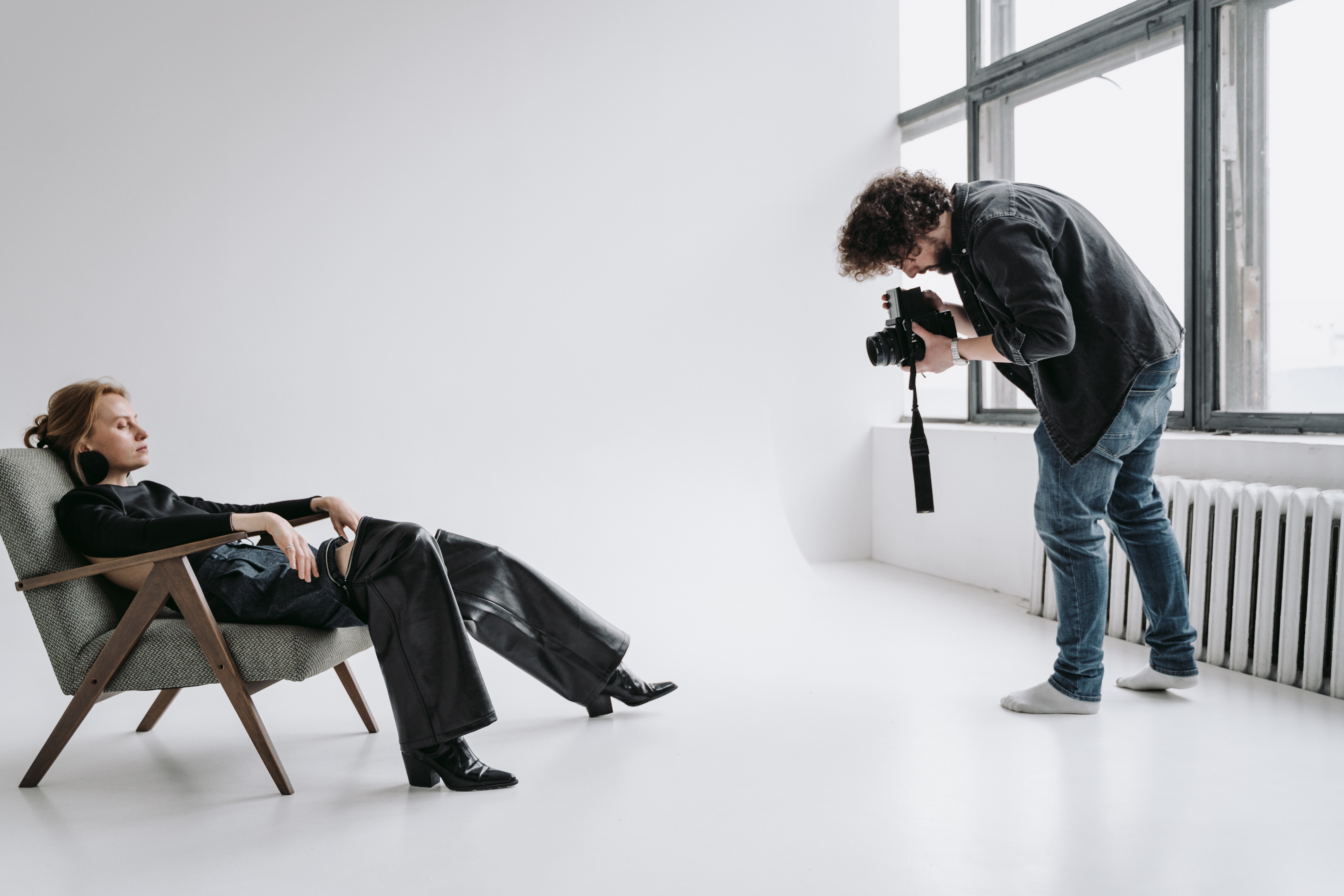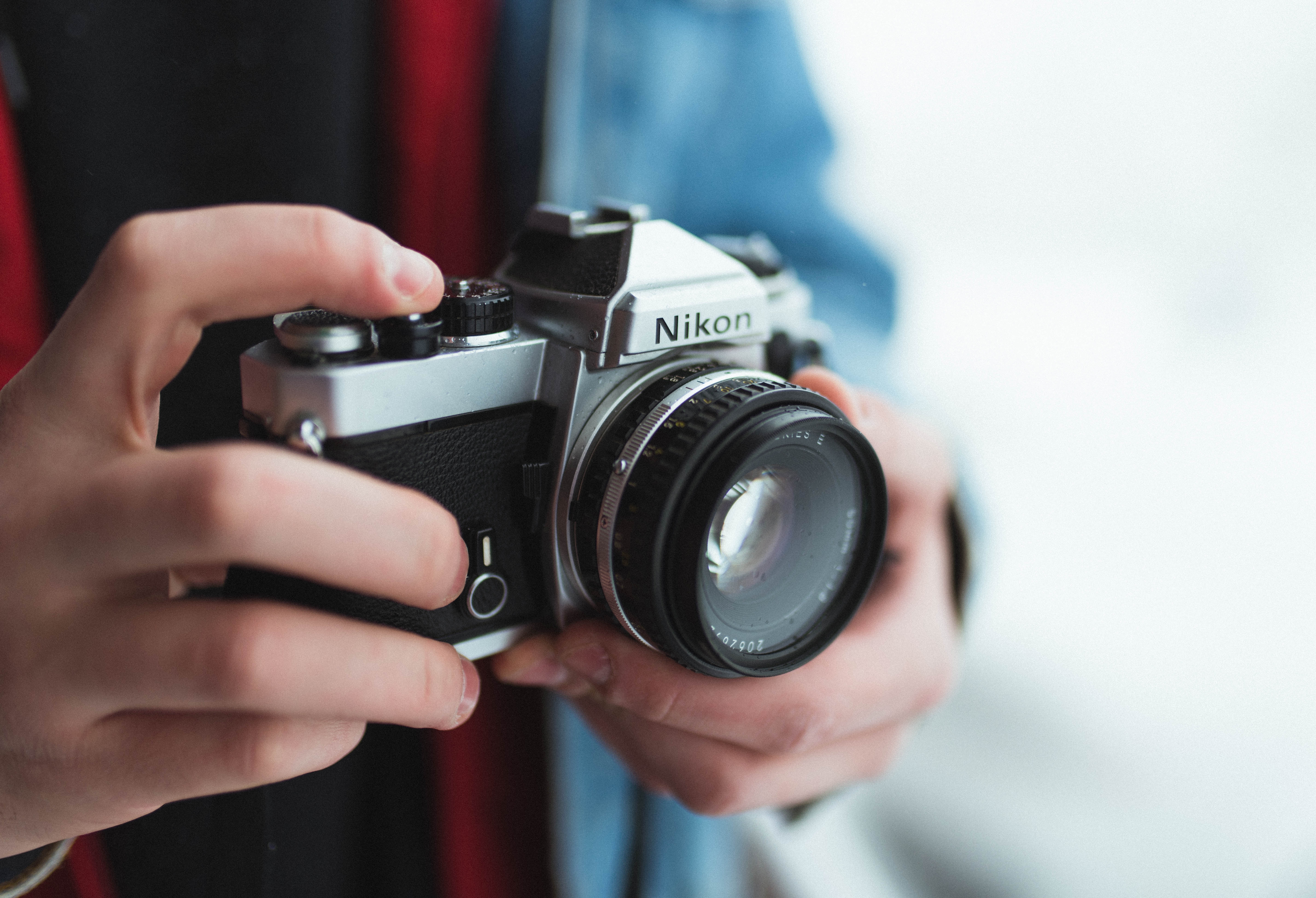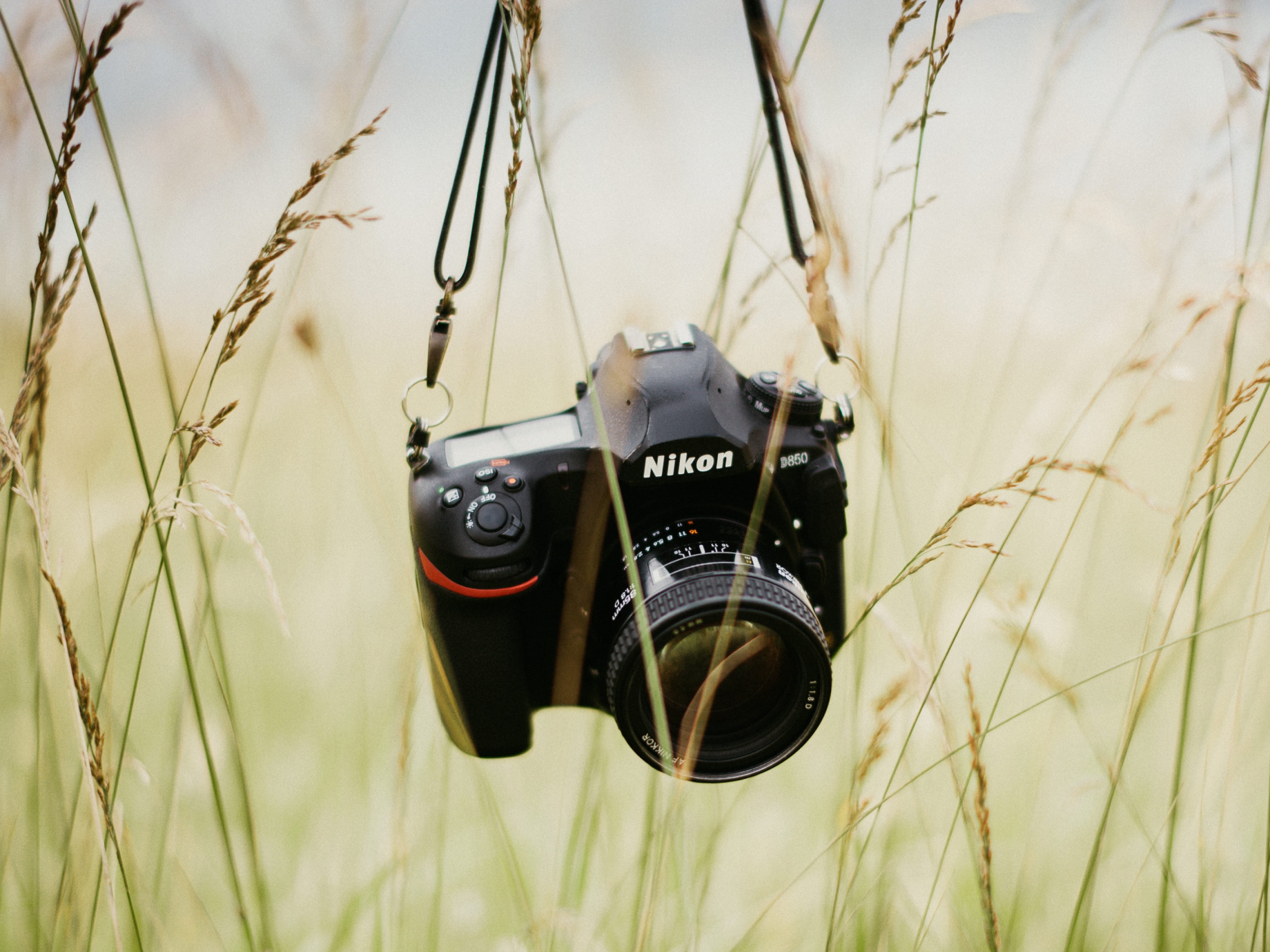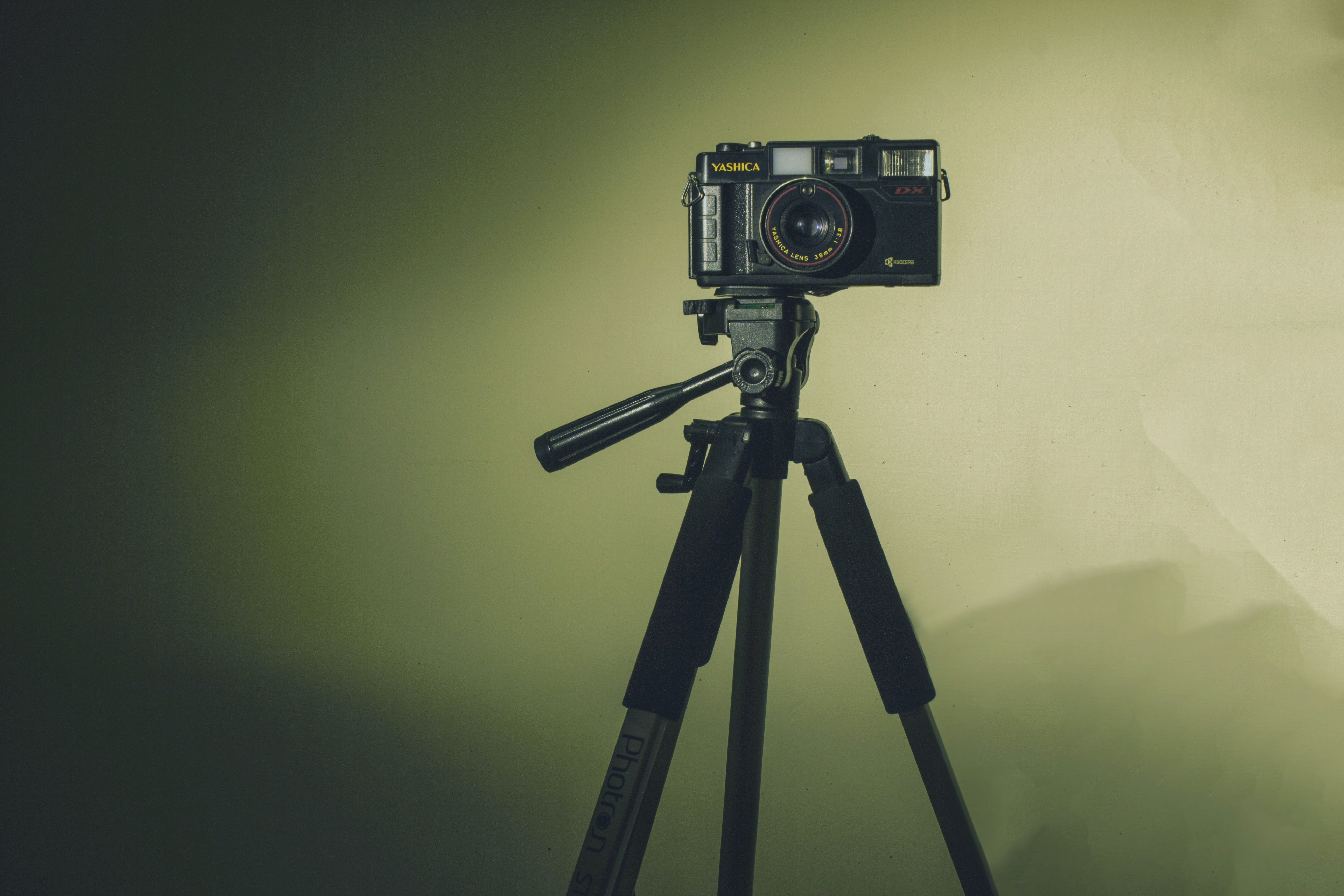
Welcome back to the KEH Tilt-Shift Report, where I share exclusive data and unique insights into the latest trends in camera gear buying, trading and selling.
Previously, I looked at popular legacy SLR lenses, listed our best-selling gear of 2021, and explored whether zoom or prime lenses hold their value better.
This time around, let’s tackle the topic of photography accessories.
The Tilt
A photography kit doesn’t stop with a camera body and lens, and that’s been true for the history of the medium. There was a time when the tripod was as vital as the body or lens in capturing a decent photograph. For some genres like landscape or macro, that’s still true, but largely, it’s unquestionable that the fundamental necessity of a tripod has only decreased over time.
The advent of lens and sensor stabilization, high-ISO performance, and more recently, computational photography, have made the tripod an afterthought for large swaths of photographers who happily hand-hold their cameras without sweating motion blur.
This same progression in tech has also undoubtedly affected the general need for flashes. It used to be nearly impossible to capture decent indoor or nighttime snapshots without a flash, but now it’s very doable. And this translates into some photographers foregoing on-camera flashes altogether.
A classic example is UV filters, which sat in front of most lenses in the days of shooting film, which is sensitive to ultraviolet light. But in the digital age, aside from adding a layer of damage protection to the front element of a lens, UV filters no longer serve their intended purpose.
This has happened to a ton of accessories. Through the years, things like motor drives and winders were eventually integrated into the design of cameras, and became obsolete.
Still, manufacturers love to offer add-ons that carry big profit margins, so accessories are not going away anytime soon, and as the market shifts, the obsolescence of certain items has not stopped others from popping up in their place.
All this got me wondering if categories of accessories are trending upward or downward, and by how much? Are there items that the photography market simply doesn’t demand as much anymore, or does the song remain the same?
Let’s look at the data and parse it out.
The Shift
For this dataset, I looked at some major categories, like tripods, lighting, camera accessories, and lens accessories. Subsets for camera accessories are things like grips, batteries, caps, straps, film, and memory cards. Mount adapters, hoods, filters, and caps make up the bulk of lens accessories.
I looked at the period starting in 2018 until now to see if there was any noteworthy trend. Let’s start with the average buy price over that span for each category.

In case you need a refresher on the KEH business model—we buy, renew, and sell used gear, using supply and demand to determine pricing. We don’t do things like manufacture scarcity, and we’re competitive with the true market value for pre-owned items. Now, back to the graph above.
Let’s ignore the difference in overall price between the categories, and instead look at the trend lines.
What immediately jumps out is the 19% increase in price for camera accessories over that time span.
The average price went from $153 in 2018 to $182 in 2022. It’s tempting to blame inflation, but tripods saw a smaller 5% increase during the same time, while lens accessories dropped altogether by 1%.
Looking deeper, it goes without saying that things like memory cards and batteries are evergreens in the digital photography space, and those are items whose capacity gets expanded with each generation of cameras, often carrying higher price points. That might be a factor, as people have shifted away from DSLRs into the mirrorless space.
Another factor—film—a subset of camera accessories, has seen a steep increase in base price over the last few years, and that may play a part. Manufacturers have been raising prices dramatically for a variety of reason, especially over the last couple of years.
Looking back at the graph above, lighting experienced the biggest fall since 2018, with a 9% decrease—the average price went from $106 in 2018 to as low as $78 in 2020, before finally rebounding to $97 this year.
I have to wonder if the Covid-19 pandemic hitting the US in early 2020 hurt the demand for lighting, as most portrait, wedding, and event photographers were largely not working at the time. Seeing demand bounce back hopefully means these photographers are returning to work. It’ll be interesting to see what the next couple of years look like for this category.
Going back to camera accessories, it’s also worth mentioning that they make up the biggest percentage of overall sales by unit—42% of KEH’s accessories sales are from this category, as seen in the pie chart below.

And if we look at the sales volume trend lines, we can see how the proportion of sales in each category has changed from the beginning of 2018 to the end of 2021.

This is where tripods have really shined, seeing almost a 66% increase in sales volume over the last couple years. Again, the pandemic might’ve had something to do with this trend. As more people moved to working from home, the demand for video conferencing peripherals such as tripods shot way up. The concurrent content creation boom has certainly played a role as well.
During that time, the camera and lens accessory categories also saw a respectable increase in sales volume, each by about 30%. It goes to show that people haven’t quite slowed down buying caps, adapters and filters—UV, or otherwise. And perhaps, having more time to devote to hobbies during the early stages of the pandemic also had an impact on sales.
For reasons already mentioned, lighting saw a smaller increase in sales than the other categories, bumping up by nearly 12%.
Overall, the numbers point towards a healthy growing market for used accessories over the last few years. Pointedly, this may have been aided by the supply chain issues which have plagued the availability of new products on the market. If the used car market has taught us anything the last couple years, when people can’t get their hands on new merchandise, they will go find it on the used market and drive up prices.
It’s also worth noting that accessories have a longer lifecycle than, say, camera bodies, for example. While it’s normal to upgrade a camera body every few years, people tend to use items like tripods for decades before making a switch.
So, what do you make of all of this? Let me know in the comments, and I’ll see you on the next edition of the Tilt-Shift Report.

